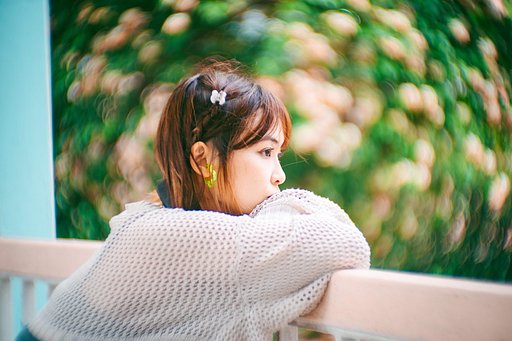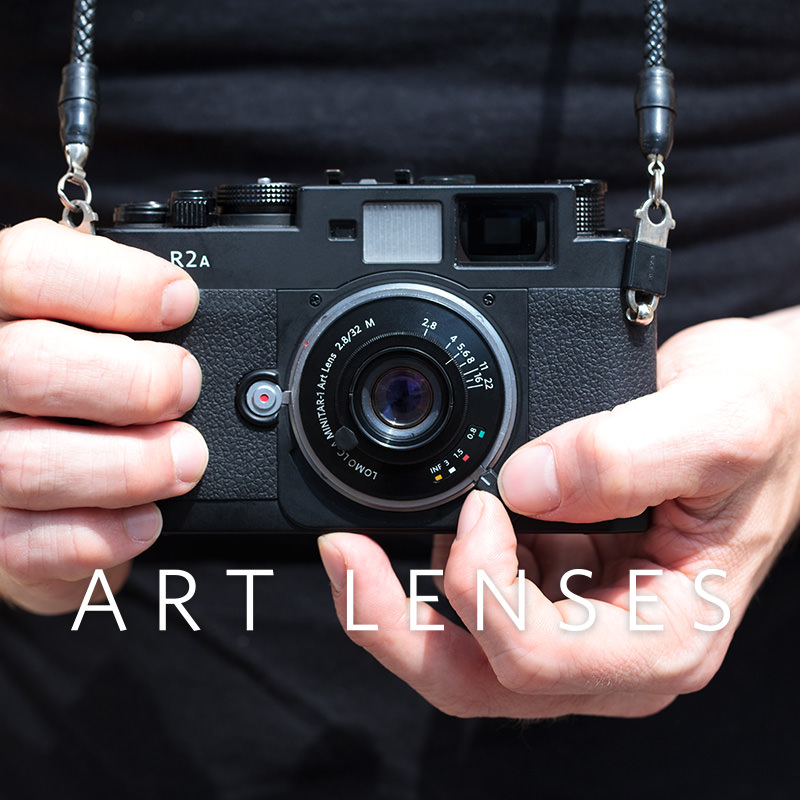Trying Street Photography Techniques While Shooting Film in Kyoto and Osaka
2 11 Share TweetLast December I found myself on a vacation in the Kansai region of Japan, visiting the historical city of Kyoto and the port city of Osaka. It’s been a long time since I last visited this area of Japan as I usually find myself in the sprawling metropolis of Tokyo. I don’t get much of an opportunity to do street photography in Manila so I was excited to shoot these historical and unfamiliar streets on film. Coming from a background of point-and-shoot cameras, using a more manual camera, moreso a rangefinder, would be a proper test to see how much I have learned over the years. With my Nikon S2 and a Carl Zeiss 1.5/50 mm lens, which is my most ever zoomed lens, my Ricoh GR1 and some rolls of Lomography Color Negative 400, Berlin Kino 400 and Harman Phoenix 200, I set out to the streets of Kansai to shoot some film.
Sunny 16 Rule
The Nikon S2 was a camera made during the late 50s as Nikon’s response to the Leica M series of rangefinders. Much cheaper than its European counterparts, the camera and its later models got its legendary status as the camera for many photojournalists during the era. Bringing this camera back to its origin point felt like a neat coincidence and made me want to try and nail every exposure. Since this camera was bare bones, I relied on the Sunny16 rule to get my shots.
I did have a light meter app on my phone but I wanted to test my skill and see if I could get the proper exposure using the guide. When I was out and about in the sunshine everything was easy but once it became overcast that’s where I struggled. If all else failed I would just open up the aperture of my lens to something more comfortable even if the depth of field got smaller. Using the Sunny 16 rule I was fairly satisfied with my shots, however there were a few underexposed shots which I wasn’t so happy with. But that’s all part of the journey with film.
Zone Focusing
With this camera being a rangefinder as opposed to a point-and-shoot, I needed to take more time to get those sharp images. With the rangefinder mechanism, when you look inside the viewfinder you need to align the two frames you see inside to know that the subject is in focus. As street photography is pretty much a blink-and-you’ll-miss-it experience, I tried to use the zone focusing to save time. Rather than looking into the viewfinder for every shot, certain sweet spots and ranges will always be in focus depending on your aperture. Mixing this with the Sunny16 rule, shooting the scenes between f/8- f/16, and approximating my distances, I was able to get some quick street shots which, though I consider lucky, I eventually hope can be a skill I can further develop.
Being Steady
Whether it was with my Nikon or Ricoh, I had to learn how to be more steady when it came to shooting. Don’t get me wrong, I love the blurriness and the abstract look of some film photos but for these street snaps I wanted to try my best to have no motion blur. One technique I learned was to breathe in and fire the shutter when you exhale as you tend to be the most still during this moment. This technique helped me get much sharper photos.
50 mm vs 28 mm
Before getting my rangefinder most of my experience with shooting came with prime wide lenses or zoom lenses that are good for any situation. Being stuck with a prime 50 mm lens was new to me so it was interesting to shoot similar shots with that lens and with my 28 mm point-and-shoot camera. I felt that the 50 mm was much stealthier when I was on the street and I did not have to get up close to get a good shot. However since it is a rangefinder I spent more time trying to get the correct setting. As well as this, in much tighter angles, I struggled to compose my shots as I was used to the wider lenses.
With the 28 mm, I got to capture everything in the frame but if I wanted to get something more specific I had to be brave and try to get as close as possible to the subject which I was a bit self-conscious about. Having both focal lengths seemed like the perfect combination. Though some may opt to use one camera with a zoom lens I think having two film cameras with different focal lengths can also add an element of experimentation, especially if you want to use two drastically different film stocks.
In the end, I'm pretty satisfied with most of my shots. There were a few that were underexposed and that were more abstract than I would have liked, but I think these rolls were some of my favorites from last year.
Though I'm sure these tips aren't new to more experienced film shooters, they are fundamentals that a lot of us may need a reminder of at times, and lead to some fun exercises for people can try out as well. For myself, I want to be more active in trying these techniques in the streets of my city, and hopefully pick up some new tips as well.
What are some of your favorite techniques for street photography? Comment down below!
written by rocket_fries0036 on 2024-06-21 #gear #culture #places #street #kyoto #osaka #cn-400 #zone-focusing #sunny16 #berlin-kino-400 #apac

















































2 Comments